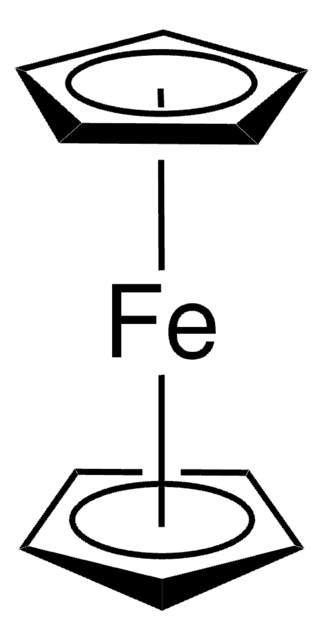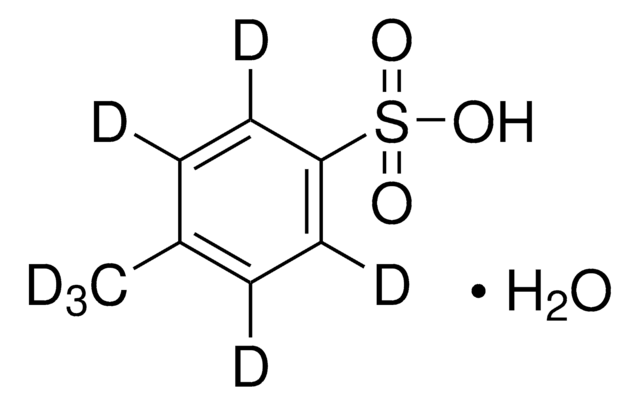242845
Acetic anhydride
ACS reagent, ≥98.0%
Synonym(s):
Acetanhydride, Acetic acid anhydride, Acetyl acetate, Acetyl anhydride, Ethanoic anhydride
About This Item
Recommended Products
grade
ACS reagent
Quality Level
vapor density
3.5 (vs air)
vapor pressure
10 mmHg ( 36 °C)
4 mmHg ( 20 °C)
Assay
≥98.0%
form
liquid
autoignition temp.
629 °F
expl. lim.
10.3 %
impurities
MnO4- reducers, passes test
evapn. residue
≤0.003%
refractive index
n20/D 1.390 (lit.)
bp
138-140 °C (lit.)
mp
−73 °C (lit.)
solubility
H2O: slightly soluble
density
1.08 g/mL (lit.)
anion traces
chloride (Cl-): ≤5 ppm
phosphate (PO43-): ≤0.001%
sulfate (SO42-): ≤5 ppm
cation traces
Fe: ≤5 ppm
heavy metals: ≤2 ppm
functional group
anhydride
ester
SMILES string
CC(=O)OC(C)=O
InChI
1S/C4H6O3/c1-3(5)7-4(2)6/h1-2H3
InChI key
WFDIJRYMOXRFFG-UHFFFAOYSA-N
Looking for similar products? Visit Product Comparison Guide
General description
Application
- 2-acetylamino-5-aminobenzenesulfonic acid
- 3,3′-bis(sulfonato)-4,4′-bis(chloroacetamido)azobenzene (BSBCA)
- 10-acetoxy-9-nitro-octadecanoic acid, allyl ester
- 9-nitro-oleic acid
Signal Word
Danger
Hazard Statements
Precautionary Statements
Hazard Classifications
Acute Tox. 2 Inhalation - Acute Tox. 4 Oral - Eye Dam. 1 - Flam. Liq. 3 - Skin Corr. 1B
Storage Class Code
3 - Flammable liquids
WGK
WGK 1
Flash Point(F)
120.2 °F - closed cup
Flash Point(C)
49 °C - closed cup
Personal Protective Equipment
Choose from one of the most recent versions:
Already Own This Product?
Find documentation for the products that you have recently purchased in the Document Library.
Customers Also Viewed
Our team of scientists has experience in all areas of research including Life Science, Material Science, Chemical Synthesis, Chromatography, Analytical and many others.
Contact Technical Service














